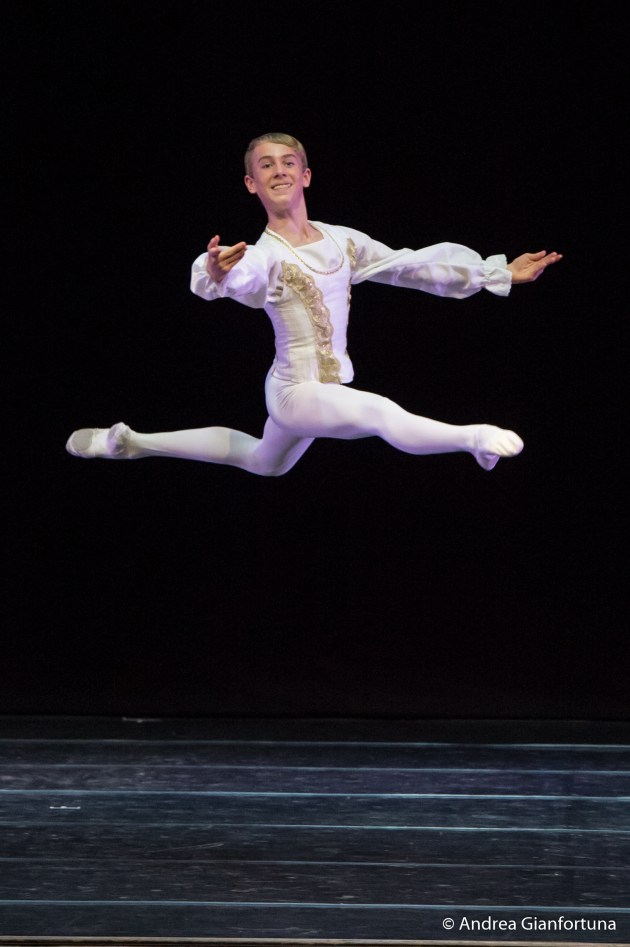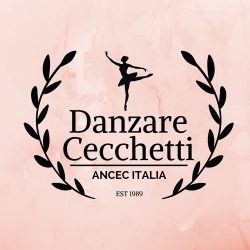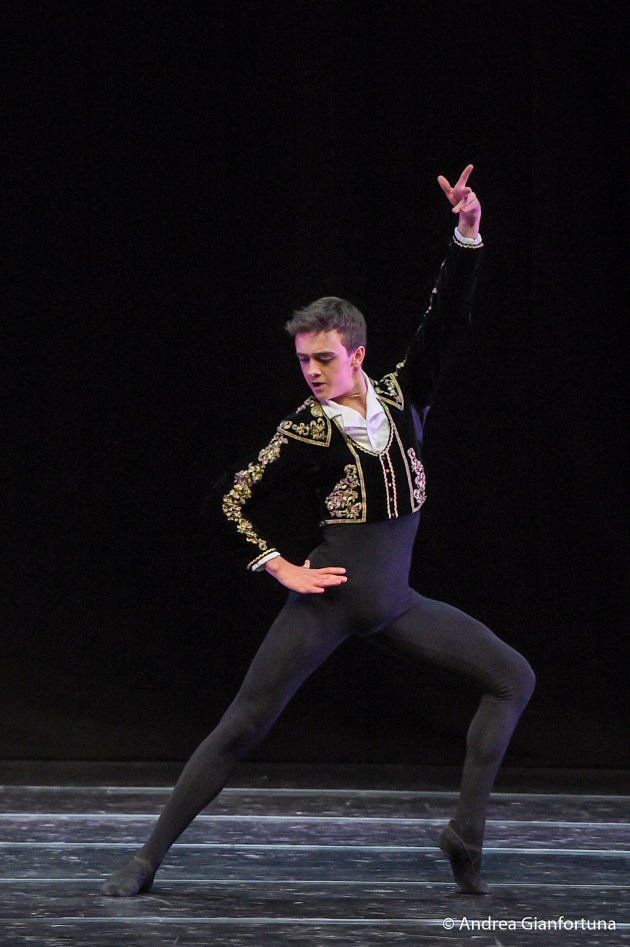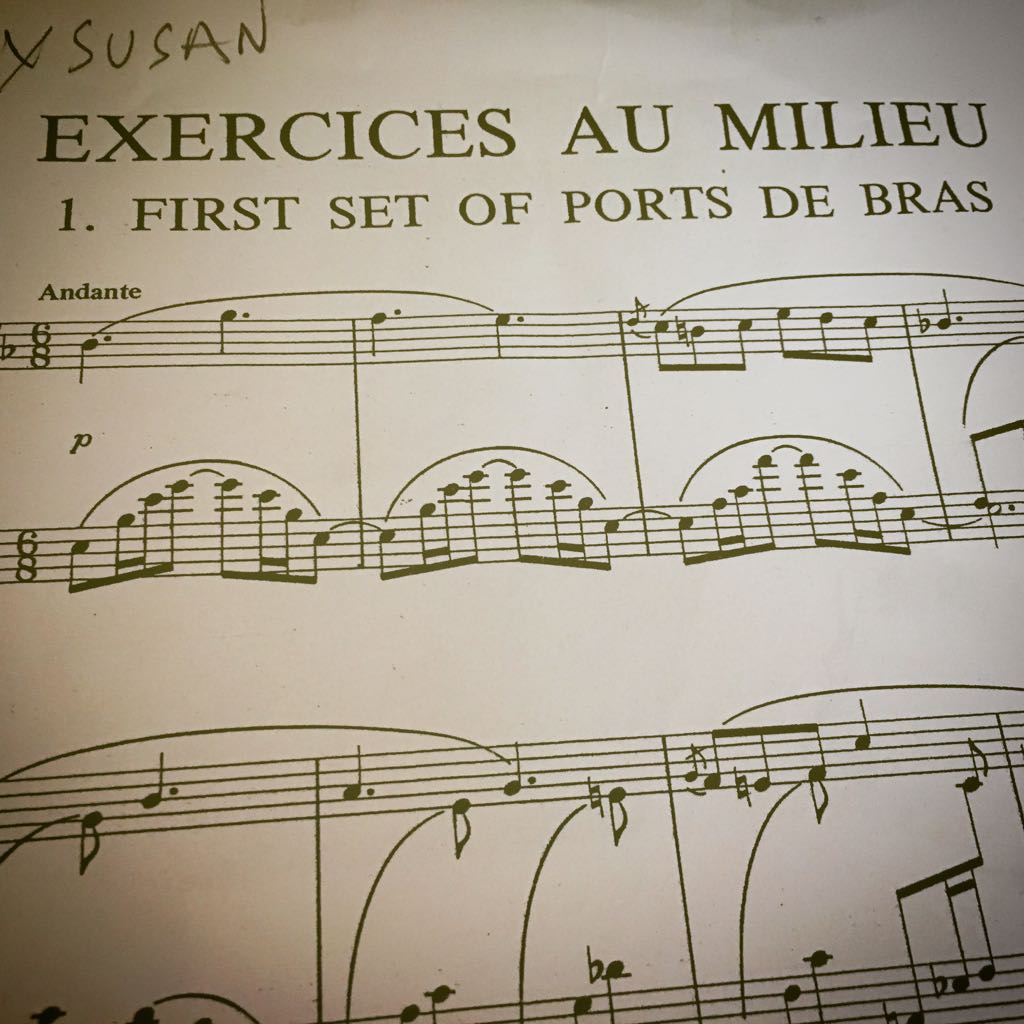
How old are you Joshua and when did you discover your passion for dance?
I am currently 15 years old and I know that I have always loved to dance and to perform. But, I only discovered a true passion for dance, when I was mature enough, so when I was around 13 years old.
Could you tell us something about the moment in which you decided to take part to the CICB selection?
Firstly, I found out from my lovely Cecchetti teacher, Anne Butler, that many of my close peers, friends and I were selected and given the opportunity to take part in the CICB2017 competition in Florence, Italy. I clearly remember hearing both my friends and my name being read out and being so excited and hugged in excitement. It was so nice to share this opportunity and experience with so many of my close friends and family, that I got to know even better throughout the preparation and journey of getting to Italy and being in the warmth of Italy.
When you arrived at the conference in Palazzo Vecchio and you saw the other competitors, the jury, the teachers and the guests, which were your feelings?
Well we had already had class earlier that morning at Opus Ballet, so I got to meet some of the other competitors and teachers. But, it was nice to formally talk to some of the other international competitors and teachers. With the grand welcome presentation at Palazzo Vecchio, it made me super excited for the rest of the upcoming week of dancing, learning and performing. It was also super exciting to have so many prestigious international jury members from right across the world from various world renowned companies and organisations.
During the CICB week you followed many lessons with various teachers. Is there a lesson you liked the most?
I know it sounds cliche, but personally I didn’t have a favourite lesson as I loved learning and getting taught by both globally renowned industry professionals, such as Franco De Vita (ballet) and Paulo Lauri (contemporary) and learning so much from their vast knowledge in their expertise’s. I definitely learnt a lot in the time we had, plus it is always valuable to have a wide variety of teachers.
You received the Most Promising Dancer Award and the Audience Choice Award. Talk to us about your feelings and thoughts when your name was called.
Answer: Firstly, when I was called out for the Audience Choice Award (Junior), it was like a blurr, I was just so overwhelmed and honestly shocked as it all happened so quickly. When I was called out for the Most Promising Dancer Award (Junior), I didn’t even realise at first what I had won. Later, I came to realise and felt very honoured, but still so overwhelmed as everything was all just happening at once and it is quite hard to comprehend. It was just all so overwhelming, as all these opportunities for my future, in the thing I love to do(Dance), is all happening in the span of 15 minutes. Just a message to everyone, it’s not about how many awards or competitions you win, that doesn’t define you or where you will end up. It’s your hard work and dedication everyday and so many other aspects, don’t let one competition determine your future. But, competitions like this and many more, are a great opportunity for dancers to open up there pathways and to get experience and knowledge from practicing and performing solos on different spaces and stages.
In your opinion, which is the quality that a good male dancer should have? Did the Cecchetti method enhance this quality, in you?
I personally believe, that a vital quality a good male dancer should have is a good, truthful performance quality, that comes from within and expresses your true feelings or some kind of connection. Throughout my two years studying the Cecchetti method(at VCASS, Melbourne), I definitely believe it has helped enhance these performance qualities, especially through the rehearsals of both classical and contemporary solos, to the lead up to this competition. But, I guess there are exceptions to this, as you sometimes have to play characters.
If you could pick a moment of the week to live again, which one would you choose?
The one moment I would pick to live again from the week, is performing both of the solos on the raked stage at the Finals, at Obihall, As I felt pure happiness and joy, through performing my classical solo(Franz, Coppélia: Act 3) & the genuine connection to the emotional intention, through performing my contemporary solo(Choreographed by Steven McTaggart).
Could you express in words what dance means to you?
To be honest, that is very difficult for me to do, as dance means so very much to me and I feel that me writing it in words, wouldn’t do it justice. Anyway, I just love the freedom you get whilst dancing, as you get to put your soul and personality into your dancing. I get really engulfed by the persona of certain roles, such as in my contemporary solo. The adrenaline you get through your body as you perform on grand stages, to vast audiences, with most people you will never even get to meet. Just so many aspects of dancing makes me so happy and warm inside, it really is hard to explain. For me, improvising is like a form of meditation, I just feel so free to move all my body in anyway I possibly can, without having any judgement. Plus, I always love coming back to my daily ballet classes to work and refine on my vital technique to help me with all the dance genres and styles.
How has your life changed after CICB2017?
Well, any time you get to dance, you change and enhance your knowledge every single day, so every opportunity to dance is a small step towards changing your dance life. But, since the CICB207 Competition, in August, it has opened up so many opportunities for me and so many other competitors to do what they love internationally. Since August, it has really made me think about my career more, which is usually extremely difficult to think about, as it can be quite confronting, as we are still quite young.
Is there anything else you want to say?
Definitely, as there are so, so many people I have to thank for there endless support and time they put in to help me on my dancing journey and definitely don’t get enough credit for it. Firstly, I have to thank all the endless hours that have gone into organising this competition, to make it this successful. A huge thanks to all my mentors and teachers from VCASS. A genuine massive, sincere thankyou to my Cecchetti teacher, Anne Butler, who put so, so much effort into organising and getting us prepared for the competition. Also, to my friends and family for always supporting me along the way, even internationally, nothing would be possible without them. Then also to Steven McTaggart, for creating and working with me on my contemporary solo. There are so many people I can thank, the list goes on, but I really do appreciate all the effort that goes in to getting everything prepared. Thankyou for the Cecchetti syllabus, for creating this opportunity for so many young dancers, worldwide.
Interviewer: Eleonora Secchi







